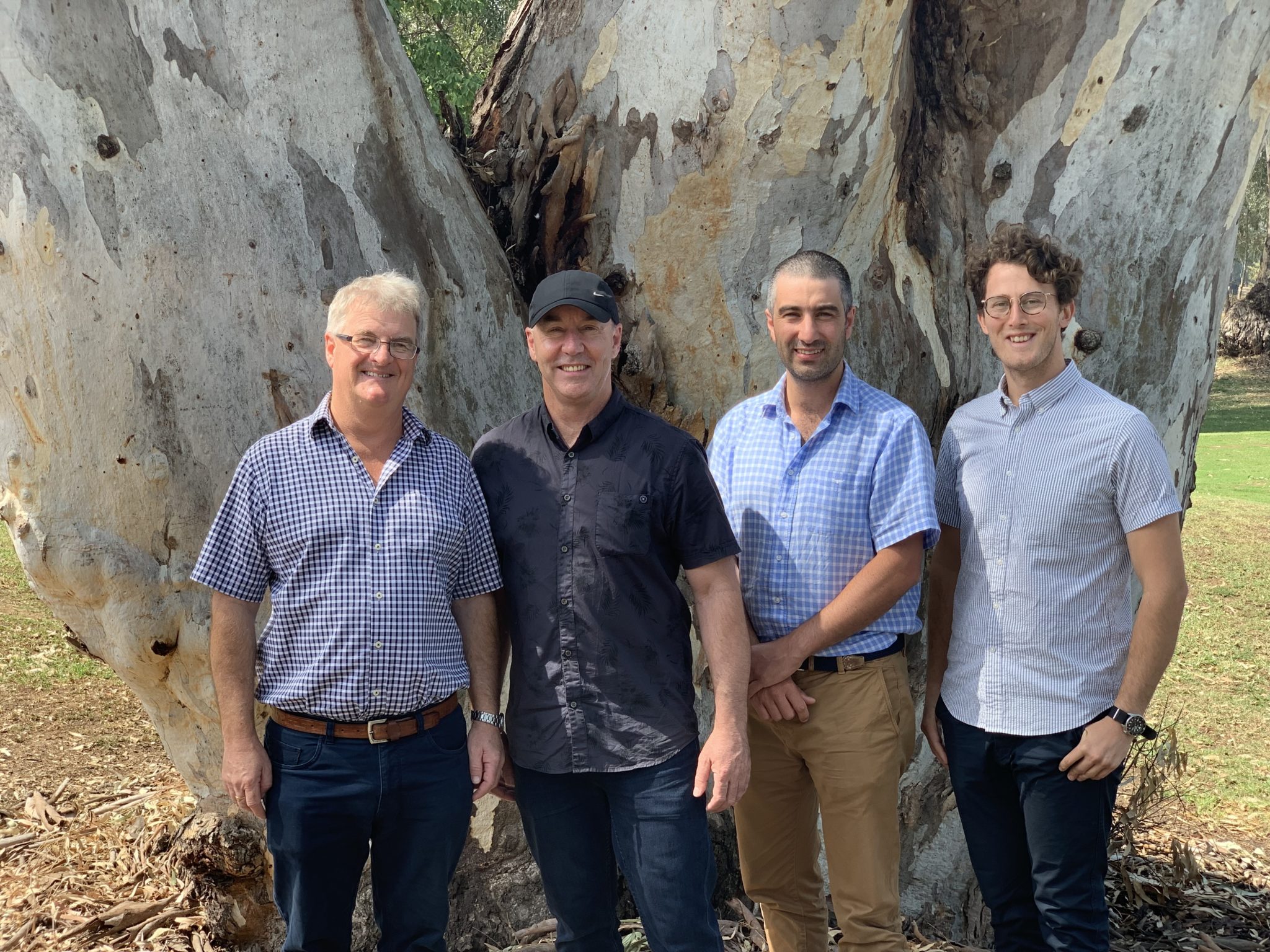It takes patience and persistence to grow and harvest subterrean clover and annual medic. The painstakingly-slow process relies on an Australian machine, invented in the 1960s, that travels at just a few kilometres per hour. To rise to the harvesting challenge, Dr Phil Nichols has brought together a diverse research team with expertise in agricultural engineering, pasture agronomy and breeding.
Only three months into the project, Dr Phil Nichols, Dr William Erskine, Dr Kevin Foster, Dr Andrew Guzzomi and PhD student Wesley Moss have engaged growers and agronomists in Western Australia, South Australia and New South Wales in a series of on-farm consultations, workshops and surveys. Through this process, the team aims to capture the collective knowledge of the unique industry and the associated challenges with harvesting, before embarking on the design phase of the three-year project.
Armed with this knowledge, the team will consider potential:
- Engineering modifications for current harvesting machinery
- Design recommendations for a new prototype harvesting machine
- Agronomic and soil management packages to reduce soil erosion prior to, during and following seed harvesting.
AgriFutures Australia Manager, Research, Annelies McGaw is optimistic about the outcomes of this project and the longer-term opportunities this project will create for subterranean clover and annual medic growers.











